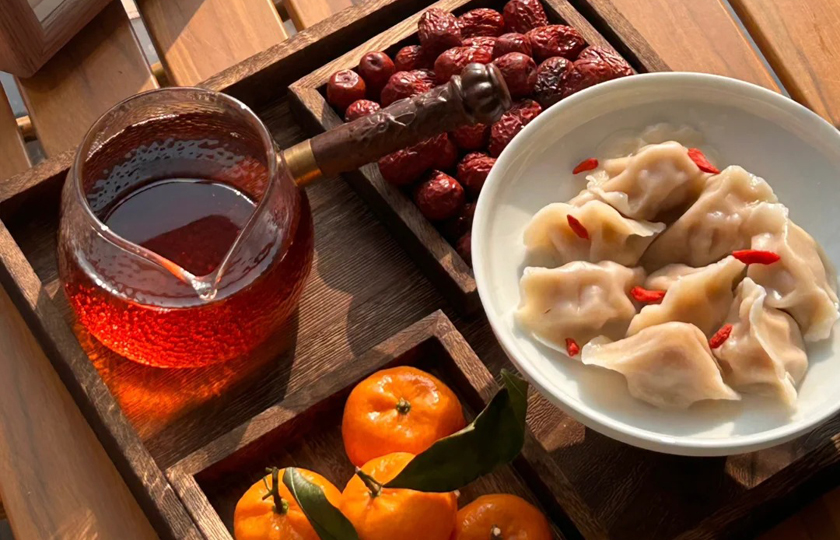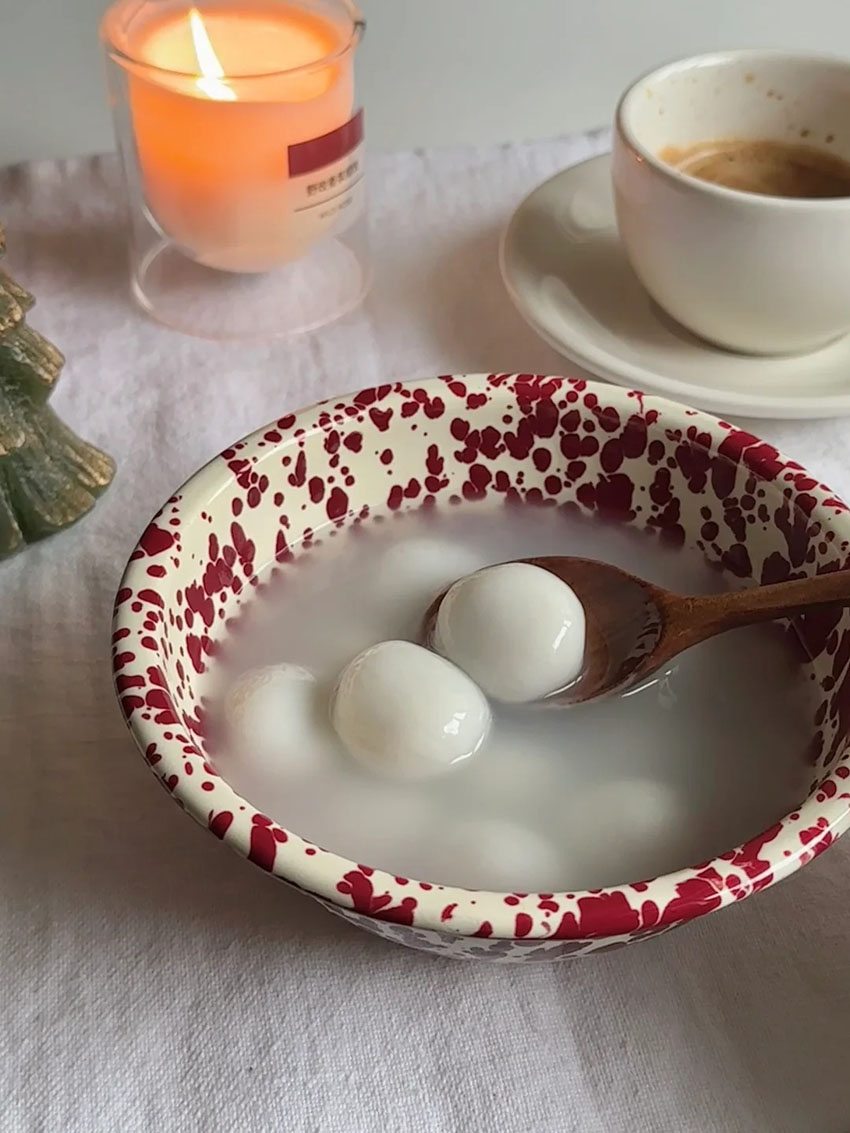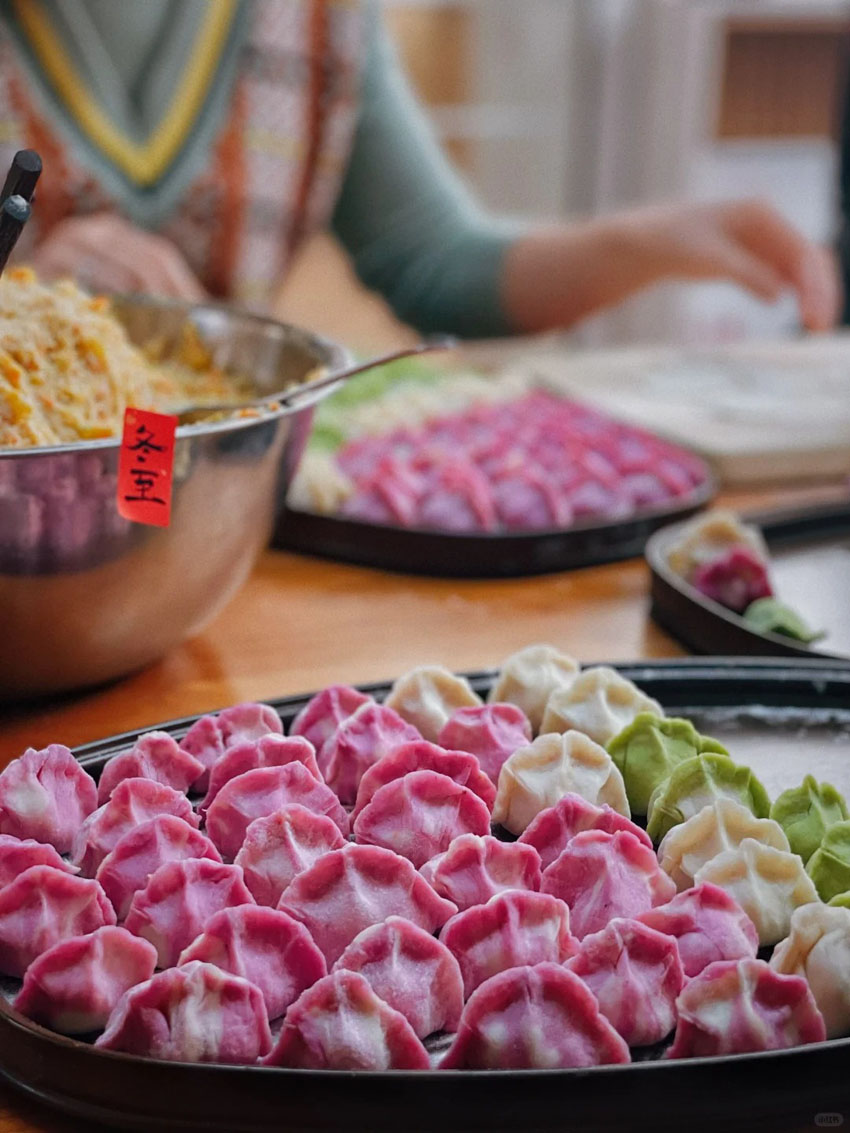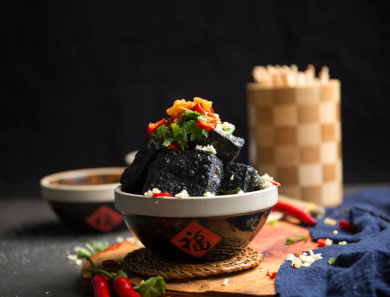Winter Wolstice Chinese Culture: A Warm Ritual Through Time

Winter Solstice is approaching, and it's more than just a regular seasonal marker—it holds a wealth of fascinating and heartwarming cultural knowledge!
The Long and Rich History of Winter Solstice
Winter Solstice, also known as the 'Winter Festival,' can be traced back to ancient Chinese agricultural civilizations. Since the Zhou Dynasty, people have been welcoming Winter Solstice with sacrificial activities, ceremonies filled with reverence for nature and life. During the Han Dynasty, Winter Solstice became the officially recognized 'Winter Festival,' marked by grand celebrations by the royal court, officials taking time off, and vibrant festivities among the common people. In the Tang and Song Dynasties, Winter Solstice reached a level of 'festivity,' with poets crafting beautiful verses to commemorate the occasion.
Astronomical Wonders and Scientific Insights
Astronomical Wonders of the Night
On Winter Solstice, the sun acts like a playful child, dashing to the southernmost point, directly over the Tropic of Capricorn. This marks the shortest day and longest night for us in the northern hemisphere. But fear not, as from this day on, the sun begins its journey back, gradually lengthening daylight and bringing back warmth, as if a new hope quietly sprouts. Ancient people saw this as a fresh starting point in the cycle of seasonal changes.
Scientific Revelation
Did you know, folks? Winter Solstice usually falls between December 21st and 23rd each year on the Gregorian calendar. This is because Earth's orbit is elliptical, and its distance from the sun varies as it revolves, with uneven speeds. Around Winter Solstice, Earth is closer to the perihelion, moving slightly faster, causing the time when the sun is directly over the Southern Hemisphere to be about 8 days shorter than over the Northern Hemisphere. This also leads to winters in the Northern Hemisphere being just a tad shorter than summers.

Winter Solstice Feast on the Tip of Your Tongue
1.Eating Dumplings
In northern China, there is a tradition of eating dumplings on Winter Solstice. This custom originated from a legend during the Han Dynasty. It is said that the renowned physician Zhang Zhongjing, upon returning to his hometown in old age, saw the freezing people and concocted a medicine using lamb meat, cold-expelling herbs, and dough shaped like ears, known as "Warm-Ear Soup," to warm the people. Since then, every Winter Solstice, people mimic this practice for good luck and prosperity in the coming year.
2.Savoring Wontons
The tradition of enjoying wontons on Winter Solstice first gained popularity during the Southern Song Dynasty. Legend has it that Emperor Song Gaozong loved the wontons made by the imperial chefs. Once, when a batch of wontons was undercooked, someone wanted to send the chef to be punished, but because he was the only one who knew how to make wontons, the Emperor pardoned him. Subsequently, the art of making wontons spread to the masses, with various types and styles emerging. During Winter Solstice, households across the land prepare and relish wontons.
3.Indulging in Tangyuan
In the southern regions of China, eating tangyuan on Winter Solstice is a traditional custom. Tangyuan symbolizes unity and completeness, so consuming them on Winter Solstice signifies harmony and auspiciousness within the family.
4.Feasting on Lamb
In the vast land of Sichuan, China, the tradition of eating lamb on Winter Solstice has been well preserved. During the cold days, people in Chengdu often gather in the streets to savor a steaming bowl of lamb soup, accompanied by a crispy mantou, warming them from head to toe and making the harsh cold more bearable.

Colorful Folk Activities on Winter Solstice
1.Ancestor Worship
Winter Solstice is an important festival for ancestor worship. In the southern regions of China, every household worships their ancestors on this day. They place ancestral tablets and portraits in the ancestral hall, set up offering tables, and arrange incense burners and offerings to show respect and remembrance for their ancestors. In some places, people also worship the gods of heaven and earth, bowing and praying for a year of favorable weather, family harmony, and prosperity in all endeavors.
2.The "Nine Nines" to Ward off the Cold
Starting from Winter Solstice, there is a folk custom known as the "Nine Nines" to ward off the cold. People draw a "Nine Nines" chart and color one petal or stroke each day. After completing eighty-one days, spring arrives. The "Nine Nines" chart is not only a way to keep track of time but also a poetic and artistic cultural activity. It reflects people's longing and anticipation for spring during the winter chill.
Profound Cultural Significance Hidden in the Heart
1.Heartwarming Reunions
Winter Solstice symbolizes family reunions. No matter how far apart we are from home, everyone tries their best to return home, gathering to enjoy delicious food and chat, creating a warm and wonderful atmosphere.
2.Gratitude Filled with Love
The act of ancestor worship embodies a culture of gratitude. We are thankful for the blessings of our ancestors and the gifts bestowed by nature, showing full respect and appreciation.
3.Health-Preserving Tips
Taking care of your health during Winter Solstice is crucial. Eating warm and nourishing foods like lamb, longan, and red dates, going to bed early and rising late, keeping warm, and taking good care of yourself to keep your body in top shape.
Hey folks, isn't Winter Solstice culture fascinating and heartwarming? Come and experience this unique charm together!























